Neuroscience

Neurotransmitter receptors function via various G-protein coupled and G-protein independent mechanisms that activate downstream intracellular signaling pathways such as cAMP/PKA, PI3K/AKT, phospholipase A2, and phospholipase C pathways. For instance, dopamine receptors act through adenylate cyclase to activate PKA and other signaling molecules, thereby mediate gene expression through the actions of CREB and other transcription factors. Other neurotransmitters such as NMDAR or AMPAR are associated with ion channels that control flux of Ca2+ and Na+, thus propagating the action potential across the post-synaptic neuron.
Dysfunctions in GABAergic/glutamatergic/serotonergic/dopaminergic pathways result in a broad range of neurological disorders such as chronic pain, neurodegenerative diseases, and insomnia, as well as mental disorders including schizophrenia, bipolar disorder, depression, and addiction.
-
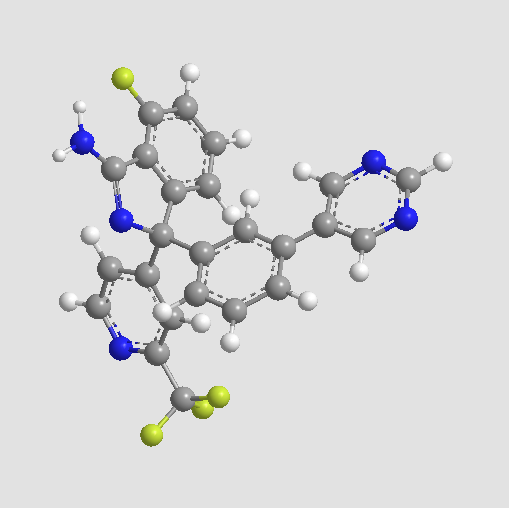 B3224 AZD3839Target: BACESummary: BACE1 inhibitor,potent and selective
B3224 AZD3839Target: BACESummary: BACE1 inhibitor,potent and selective -
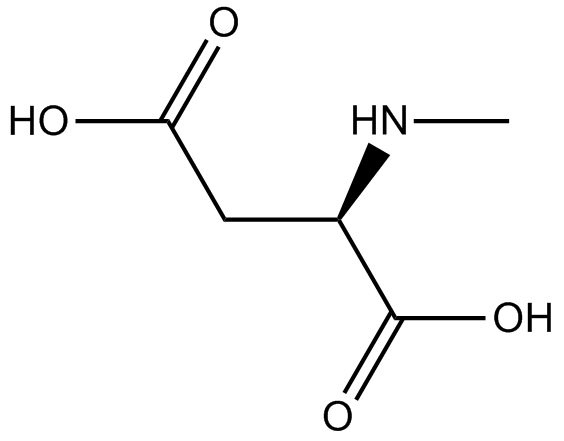 B1624 NMDA (N-Methyl-D-aspartic acid)Summary: NMDA receptor agonist
B1624 NMDA (N-Methyl-D-aspartic acid)Summary: NMDA receptor agonist -
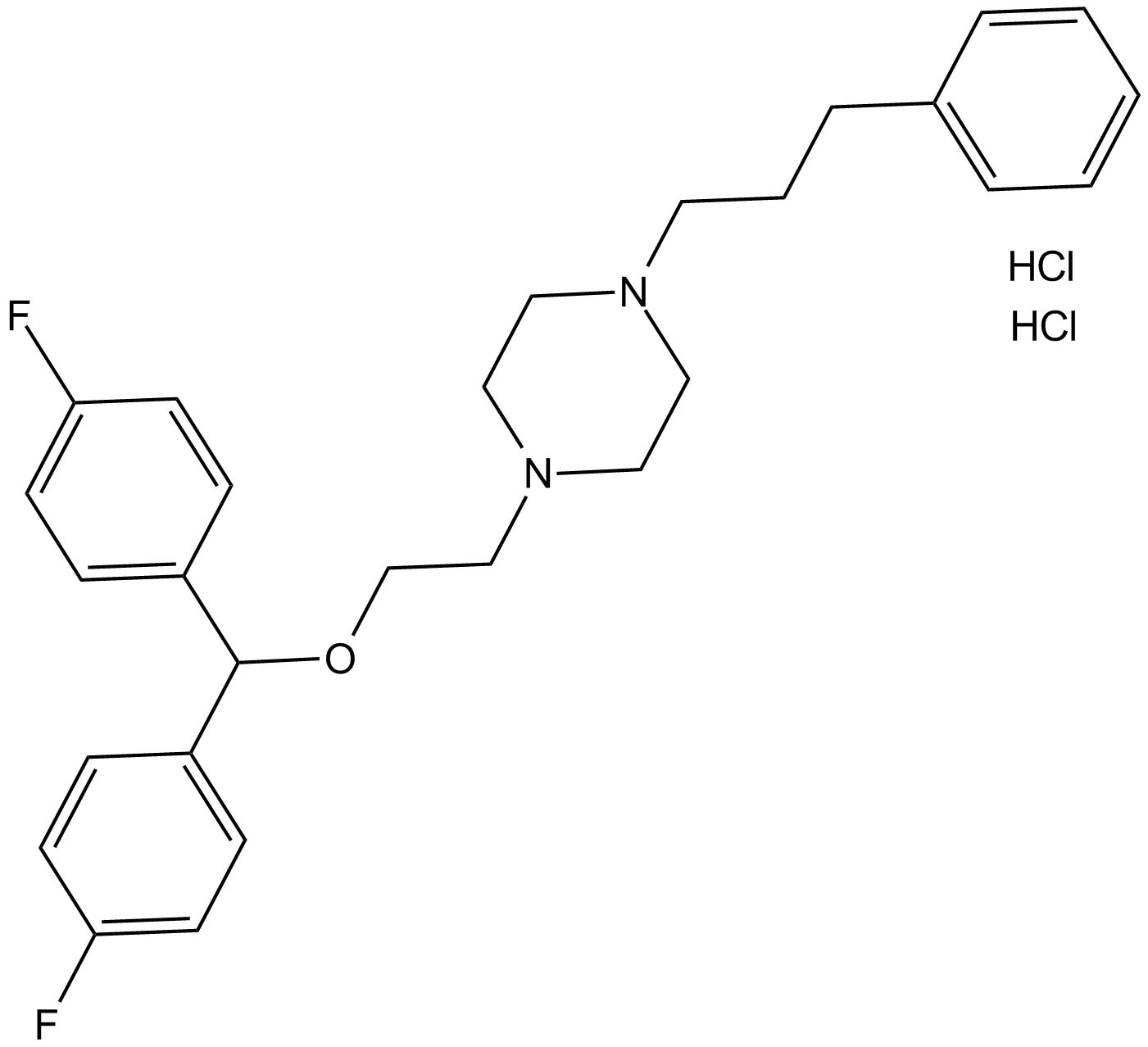 B3248 Vanoxerine dihydrochloride1 CitationSummary: potent and selective DRI (Dopamine reuptake inhibitor)
B3248 Vanoxerine dihydrochloride1 CitationSummary: potent and selective DRI (Dopamine reuptake inhibitor) -
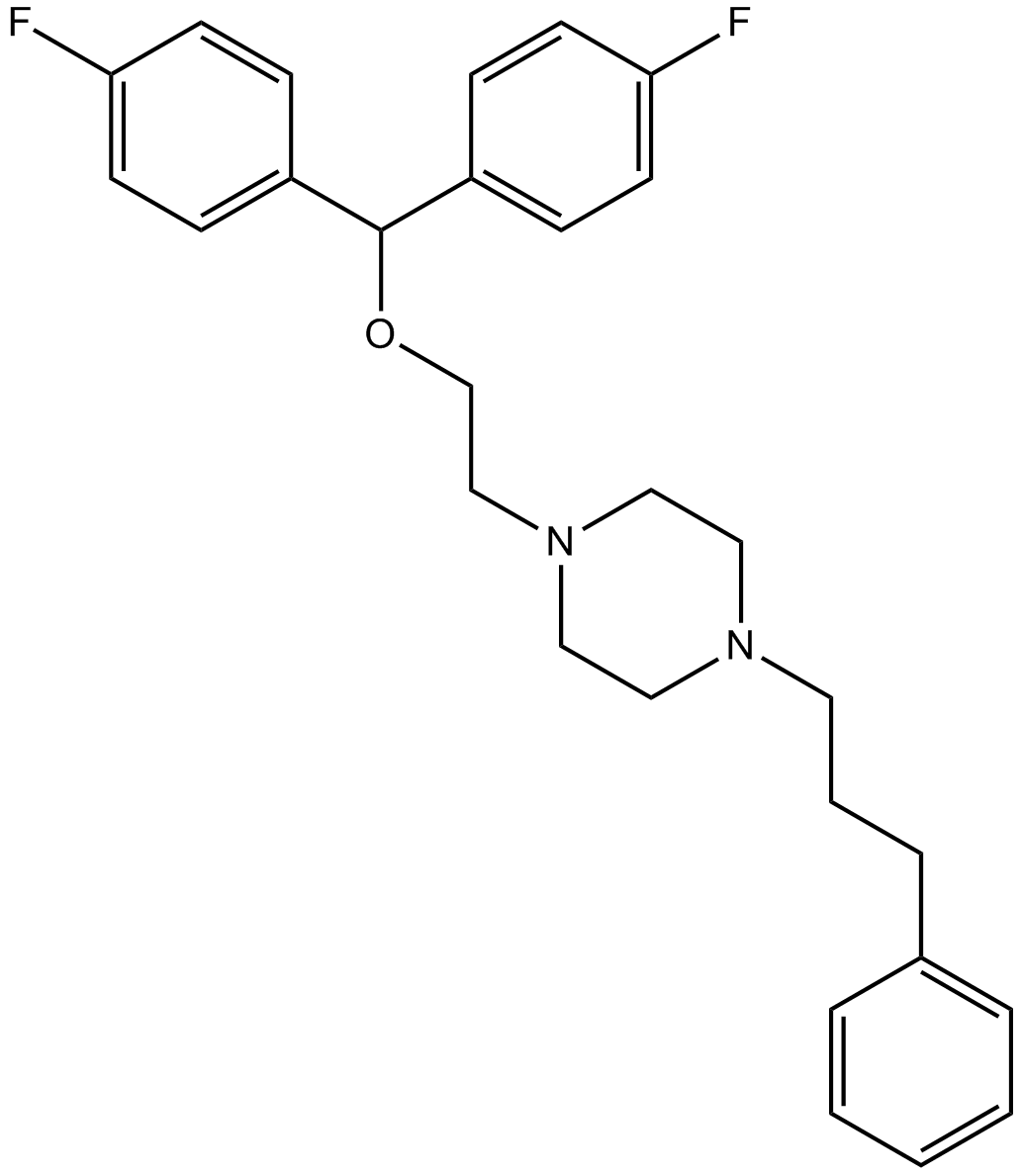 B3249 VanoxerineSummary: potent and selective DRI (Dopamine reuptake inhibitor)
B3249 VanoxerineSummary: potent and selective DRI (Dopamine reuptake inhibitor) -
 B3250 RJR-2403 hemioxalateSummary: Neuronal nicotinic receptor agonist
B3250 RJR-2403 hemioxalateSummary: Neuronal nicotinic receptor agonist -
 B3309 Cyproheptadine hydrochlorideSummary: serotonin and histamine antagonist as well as antimuscarinic reagent
B3309 Cyproheptadine hydrochlorideSummary: serotonin and histamine antagonist as well as antimuscarinic reagent -
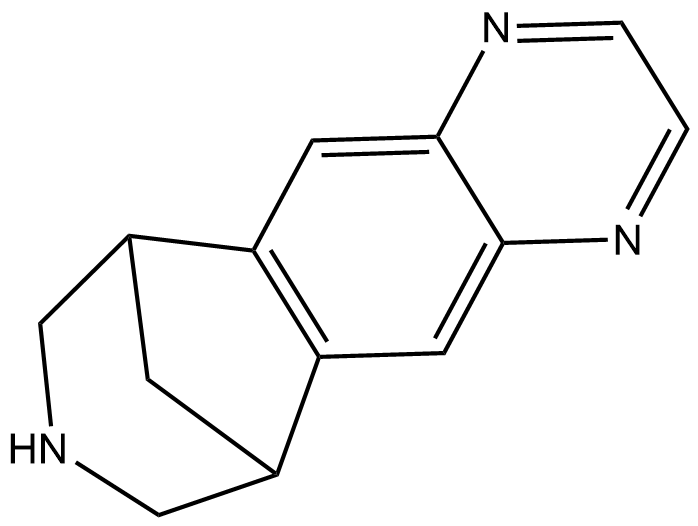 B1140 VareniclineSummary: α4β2 nAChRs antagonist
B1140 VareniclineSummary: α4β2 nAChRs antagonist -
 B1141 Varenicline HydrochlorideSummary: α4β2 nicotinic receptor agonist
B1141 Varenicline HydrochlorideSummary: α4β2 nicotinic receptor agonist -
 B1522 Sitaxentan sodiumSummary: Selective endothelin A receptor (ETA) antagonist
B1522 Sitaxentan sodiumSummary: Selective endothelin A receptor (ETA) antagonist -
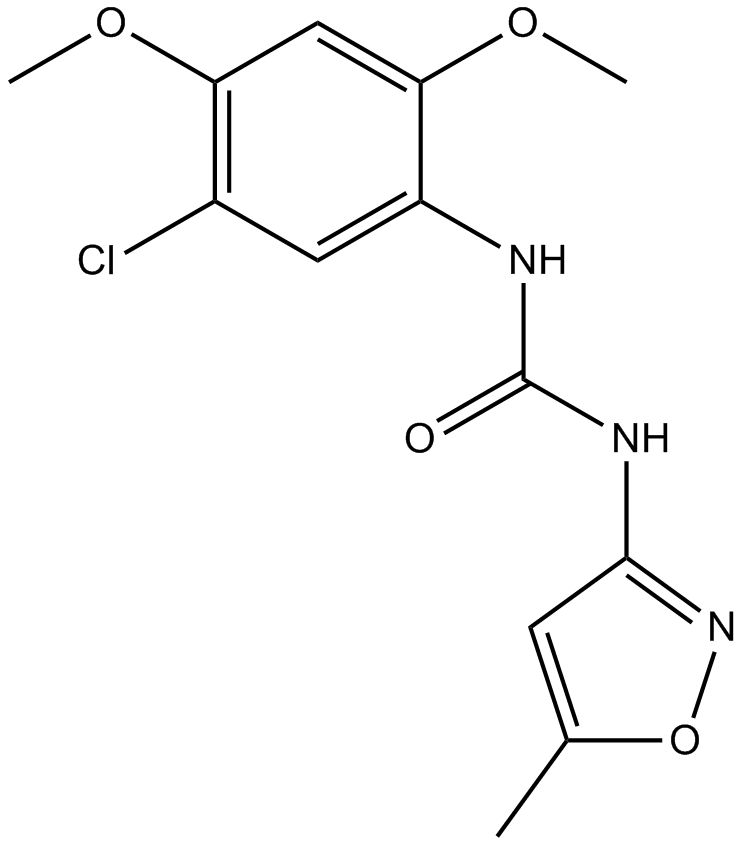 B1615 PNU-120596Summary: α7 nAChR modulator,positive allosteric
B1615 PNU-120596Summary: α7 nAChR modulator,positive allosteric

